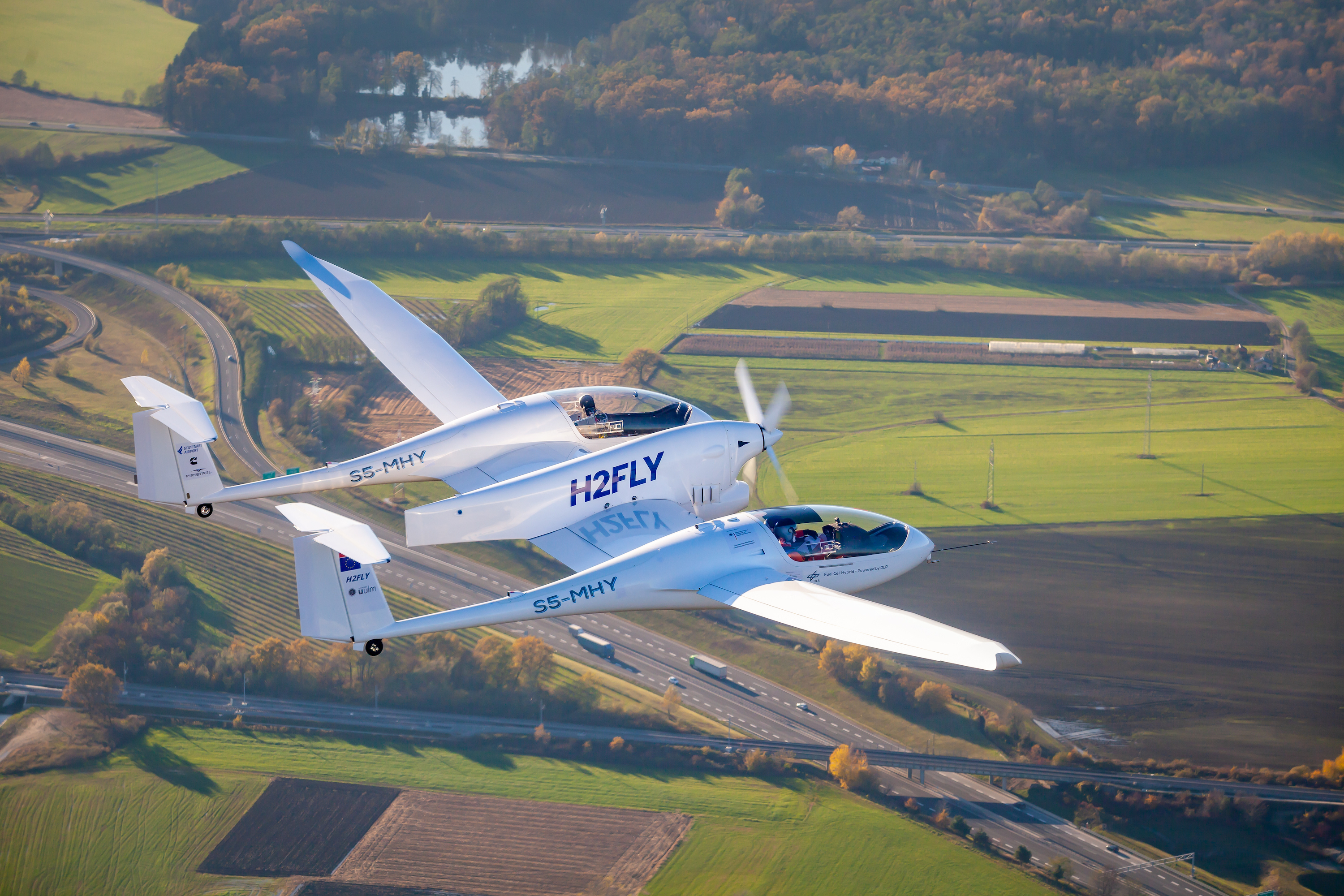Log-in here if you’re already a subscriber
Editors note: One day after publication of this profile of H2Fly, The Air Current reported that the company had been secretly acquired by eVTOL aspirant Joby Aviation.
H2Fly chief executive Josef Kallo isn’t much of a showman, at least in the context of a new generation of aerospace startups that have thrived on hype and bombast. The self-described “German engineer” is the first to admit that he does not always take a marketing-related perspective, which is why you may not have heard of him. Yet he is emerging as one of the more forceful and credible advocates for hydrogen’s future in aviation, believing that hydrogen-powered aircraft are not only possible but necessary in the coming shift away from fossil fuels.
Although the promise of hydrogen is increasingly dominating the conversation around new technology in aviation, the world’s experience with hydrogen-powered flight remains limited. Hydrogen aircraft are nothing new: the Soviet Union flew an experimental Tupolev Tu-155 with one Kuznetsov NK-88 turbofan engine powered by liquid hydrogen in the late 1980s, and even Boeing flew a two-seat, fuel cell-powered demonstrator in 2008. However, aviation’s latest generation of hydrogen startups are still very much in their infancy, and Airbus, which is exploring hydrogen combustion through its ZEROe program, doesn’t expect to fly its modified A380 testbed until 2026.
Related: Joby bought hydrogen pioneer H2Fly in secret
Against this landscape, Germany’s H2Fly is a standout for the extent of its actual flight experience. The Stuttgart-based company was spun off from the public German Aerospace Center (DLR), which in 2009 flew an Antares 20E motor glider modified with a hydrogen fuel cell system. In 2016, H2Fly and its partners DLR, Hydrogenics and the University of Ulm made the first flight of the HY4, a four-seat, fuel cell-powered aircraft cobbled together from two Pipistrel Taurus G4 airframes.
In the years since, H2Fly has continued to refine its hydrogen powertrain, testing various iterations of it over around 95 takeoffs across flight test campaigns in 2016, 2020 and 2022. On April 12, a 130-kW version powered the HY4 on a 77-mile cross-country flight from Stuttgart to Friedrichshafen Airport. The following day, the aircraft reached an altitude of 7,230 feet, believed to be a new record for an exclusively hydrogen-powered passenger aircraft.
The peculiar-looking HY4, which was on display at AERO Friedrichshafen in April, is a long way from being a commercial product, but the lessons from its flight test campaign will inform the development of something that might be. H2Fly is now collaborating with Deutsche Aircraft on development of a 1.5-MW fuel cell-powered Dornier 328, which is expected to make its first flight by 2026. That could lead to commercialization of the modified 40-seat regional aircraft in 2028, provided the partners can line up the funding required for certification.
Subscribe to continue reading...Subscribe to Continue Reading
Our award-winning aerospace reporting combines the highest standards of journalism with the level of technical detail and rigor expected by a sophisticated industry audience.
- Exclusive reporting and analysis on the strategy and technology of flying
- Full access to our archive of industry intelligence
- We respect your time; everything we publish earns your attention


